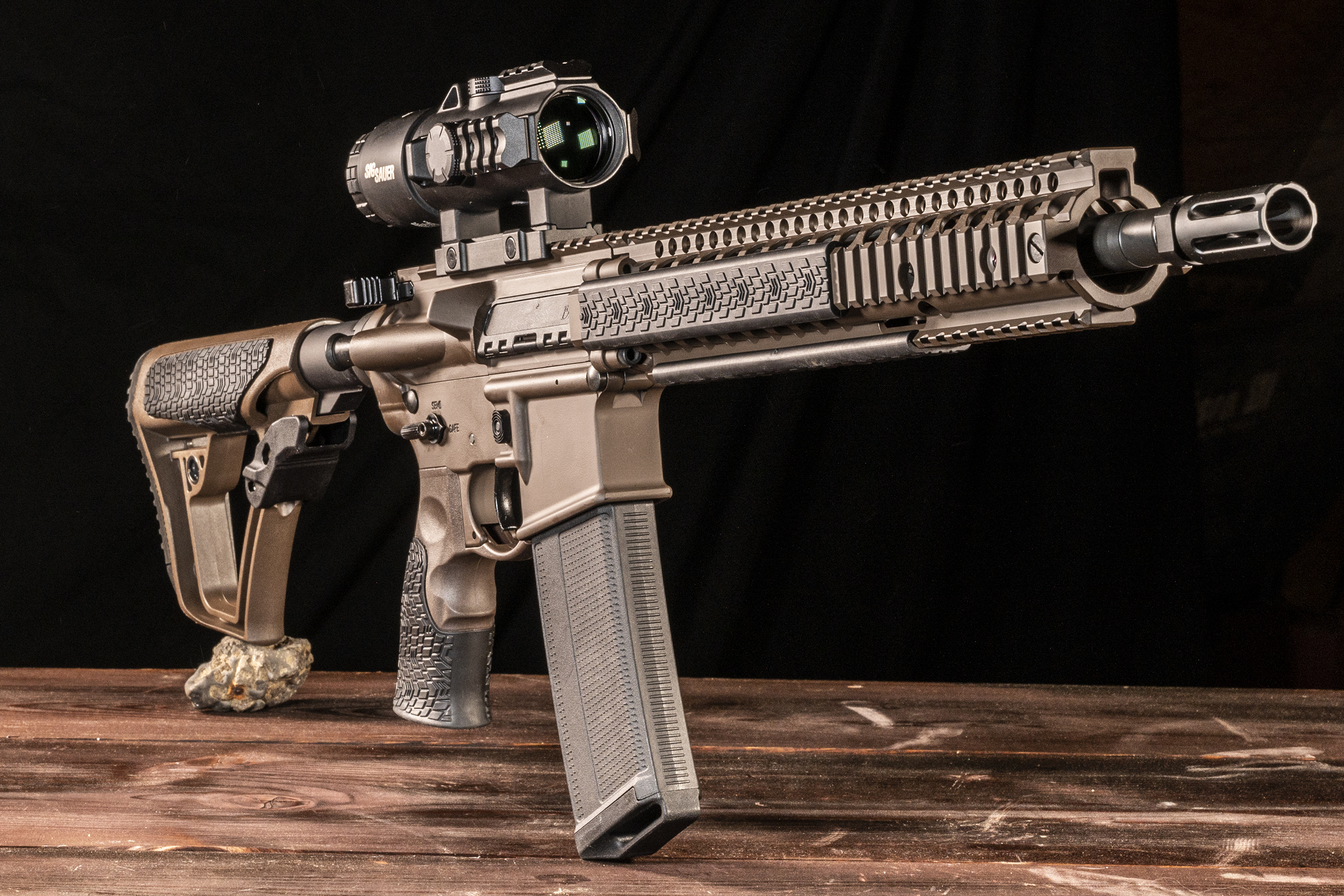
The Second Amendment Foundation (SAF) has officially petitioned the U.S. Supreme Court to hear Grant v. Rovella, a major challenge to Connecticut’s so-called “assault weapon” ban—one of the strictest in the nation. The case could become a key test of whether states can outlaw popular semi-automatic rifles like the AR-15 that are owned by millions of law-abiding Americans.
Background: A State Ban at Odds with the Second Amendment
Connecticut’s sweeping firearm ban targets rifles by name and by cosmetic “features” such as pistol grips, adjustable stocks, and flash hiders. Under the law, possession of a listed or feature-defined rifle can result in felony charges, even if the firearm functions identically to other semi-automatic rifles still legal to own.
SAF, joined by the Connecticut Citizens Defense League (CCDL) and three individual plaintiffs, filed the original lawsuit in 2022. After a lower court denied an injunction and the Second Circuit Court of Appeals upheld that decision this past August, SAF is now taking the fight to the U.S. Supreme Court.
SAF’s Push for Supreme Court Review
“This case has far-reaching implications for the entire country,” said Alan M. Gottlieb, SAF’s founder and executive vice president. “Residents of Connecticut and the other 10 states that have similar laws face felony prosecution for owning any number of firearms that are in common use around the country.”
In its petition, SAF argues that Connecticut’s ban violates both the Second and Fourteenth Amendments. The petition states plainly that, “Connecticut’s ban on ‘assault weapons’ extends to many ordinary and common semiautomatic firearms – including the AR-15 rifle. These covered firearms are mechanically and functionally identical to every other semiautomatic firearm in the way that they fire.”
Building the Path for Supreme Court Review
SAF Executive Director Adam Kraut noted that Justice Brett Kavanaugh signaled earlier this year that the Supreme Court would likely take up the “assault weapon” issue soon.
“Our goal as a leader in the Second Amendment advocacy space is to build and present every possible opportunity for the Court to do exactly that,” Kraut said. “Bans like Connecticut’s are in direct contradiction to the demands of the Constitution and prior Supreme Court decisions, and it’s time they’re relegated to the dustbin of history.”
The Grant petition joins a growing number of SAF-backed cases now knocking at the doors of the Supreme Court, all targeting bans that outlaw commonly owned rifles.
Where Grant Fits in the Larger Fight Over AR-15 Bans
Grant v. Rovella arrives at the Court alongside a wave of challenges to state and local AR-15/“assault weapon” prohibitions. Together, they test how Heller and Bruen apply when governments criminalize possession of firearms that tens of millions of Americans lawfully own.
Start with Viramontes v. Cook County (Illinois), a case that exemplifies the current split among lower courts. Cook County’s ordinance bans AR-15s and other rifles both by name and by feature, with criminal penalties for ordinary possession. In June 2025, the Seventh Circuit affirmed the denial of relief to the challengers, leaning heavily on its earlier Bevis v. City of Naperville decision and pre-Bruen circuit precedent. The Viramontes petition for certiorari was filed on August 27, 2025, and docketed at the Supreme Court as No. 25-238 on August 29, 2025. The petition argues that the AR-15 is plainly “in common use,” that the “assault weapon” label is a political term masking ordinary semi-autos, and that the Seventh Circuit’s reliance on Bevis conflicts with Heller/Bruen.
The procedural posture in Viramontes matters because the Seventh Circuit has treated Bevis as controlling. In Bevis v. Naperville (Nov. 2023), the court refused preliminary relief against Illinois’ and Naperville’s bans, accepting the theory that these laws regulate “particularly dangerous” arms and signaling that AR-15s may sit outside the Second Amendment’s protection—an approach that critics say sidesteps Heller’s “common use” rule. That framework continues to guide Seventh Circuit cases, including Viramontes and the broader litigation against Illinois’ Protect Illinois Communities Act (PICA).
Illinois’ statewide litigation—often captioned Barnett v. Raoul among other consolidated cases—has seesawed across multiple courts. After fast-moving district-court proceedings and appeals, the Seventh Circuit has repeatedly referenced Bevis while considering challenges to both the rifle and magazine provisions of PICA, keeping the core restrictions in place during appellate review. The litigation remains active, with government and challengers trading extensive historical arguments post-Bruen.
Beyond the Seventh Circuit, the Fourth Circuit last year upheld Maryland’s 2013 ban in Bianchi v. Brown (en banc), concluding that the law is consistent with the Second Amendment. On June 2, 2025, the Supreme Court declined review, prompting separate writings from conservative justices and a statement from Justice Kavanaugh indicating the issue will likely return to the Court—precisely the opening SAF is now pursuing with Grant and Viramontes.
On the West Coast, California’s long-running challenge, Miller v. Bonta, continues in the Ninth Circuit. After district-court rulings siding with plaintiffs and subsequent stays, the case remains on appeal alongside related challenges to California’s broader gun-control framework. The outcome in Miller could either deepen the conflict among circuits or, if aligned with the Fourth and Seventh, underscore the need for Supreme Court intervention.
The core question is simple: can a state or county criminalize possession of America’s most common rifle platform by redefining ordinary semi-automatics as prohibited “assault weapons”?
SAF’s petition in Grant argues that Heller and Bruen have already answered that question, stressing our nation’s historical tradition and the AR-15’s nationwide popularity place it and other semi-automatic rifles squarely within the Second Amendment’s protection. As the Grant filing bluntly puts it, if the Constitution doesn’t protect “the most popular rifle in the country,” it’s hard to see what it protects beyond the handguns recognized in Heller.
AmmoLand will continue tracking the docket. If the Court grants review in Grant—or in Viramontes—the coming term could finally deliver a definitive answer on AR-15 bans.
Magpul D60 Magazine Review – 60 Rounds of Glorious Freedom! ~VIDEO





